Japanese New Year Decorations Meaning. The holiday is associated with food festive decorations rituals observances hobbies and events that give the day a lot of flavor and charm. It is usually made up of two layers of round mochi rice cake topped with a mandarin. Though a typical New Years is a bit too early for actual plum blossoms the pine and bamboo figure prominently in traditional New Years decorations. Kado menas gate and Matsu means pine tree.
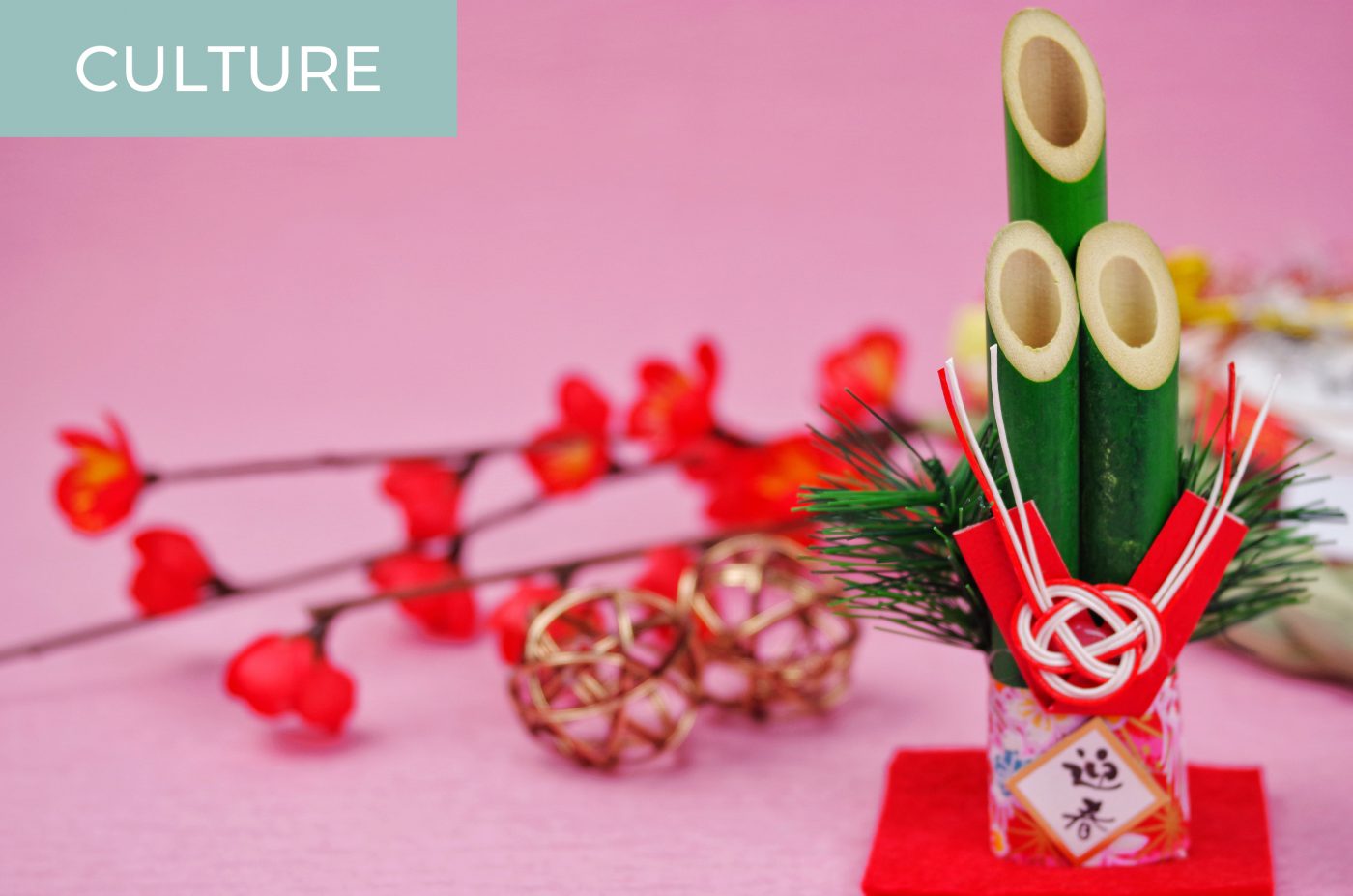 The Kadomatsu Decoration Traditional Of The Japanese New Year S Holiday Kokoro Media
The Kadomatsu Decoration Traditional Of The Japanese New Year S Holiday Kokoro Media From kokoro-jp.com
The Kadomatsu Decoration Traditional Of The Japanese New Year S Holiday Kokoro Media
The Kadomatsu Decoration Traditional Of The Japanese New Year S Holiday Kokoro Media From kokoro-jp.com
More related: Was Ist An Weihnachten Erlaubt - Target Christmas Lights Switch - Hutschenreuther Weihnachten 2019 - Weihnachtsdeko Basteln Ideen -
Kadomatu かどまつ 門松 Kadomatsu are a pair of pine decorations which are placed in front of the. It is usually 2 pines forming a gate set in front of homes in order to welcome ancestral spirits or kami gods and have good luck in the coming year. Kagami means mirror in Japanese and it is often said that its shape resembles a bronze mirror which was considered a treasure by the ancient. The Kadomatsu is a traditional Japanese decoration made from bamboo and pine and it occupies an important place in the New Years celebrations in Japan. Japanese New Years postcards Preparing for the End of the Year. During Shougatsu Japanese houses are decorated with new year ornaments.
The Kadomatsu is a traditional Japanese decoration made from bamboo and pine and it occupies an important place in the New Years celebrations in Japan.
The first task to complete is osoji. Once Christmas is over the Christmas decorations around town are taken down and preparations for the New Years begins. During Shougatsu Japanese houses are decorated with new year ornaments. Before the new year the Japanese put up decorations called kadomatsu which are made up of bamboo pine and ume Japanese apricotplum tree sprigs. On January 1 every household is believed to be visited by Toshigami a god that brings good luck for the New Year. The New Year is the most important celebration in Japan and even if they look like simple ornaments the traditional Japanese New Year decorations have complex spiritual meanings.
 Omisoka New Year S Eve Japanese Encyclopedia Matcha Japan Travel Web Magazine
Source: matcha-jp.com
Omisoka New Year S Eve Japanese Encyclopedia Matcha Japan Travel Web Magazine
Source: matcha-jp.com
The New Year is the most important celebration in Japan and even if they look like simple ornaments the traditional Japanese New Year decorations have complex spiritual meanings.
 Traditional Japanese New Year Decorations Japan Web Magazine
Source: jw-webmagazine.com
Traditional Japanese New Year Decorations Japan Web Magazine
Source: jw-webmagazine.com
On January 1 every household is believed to be visited by Toshigami a god that brings good luck for the New Year.
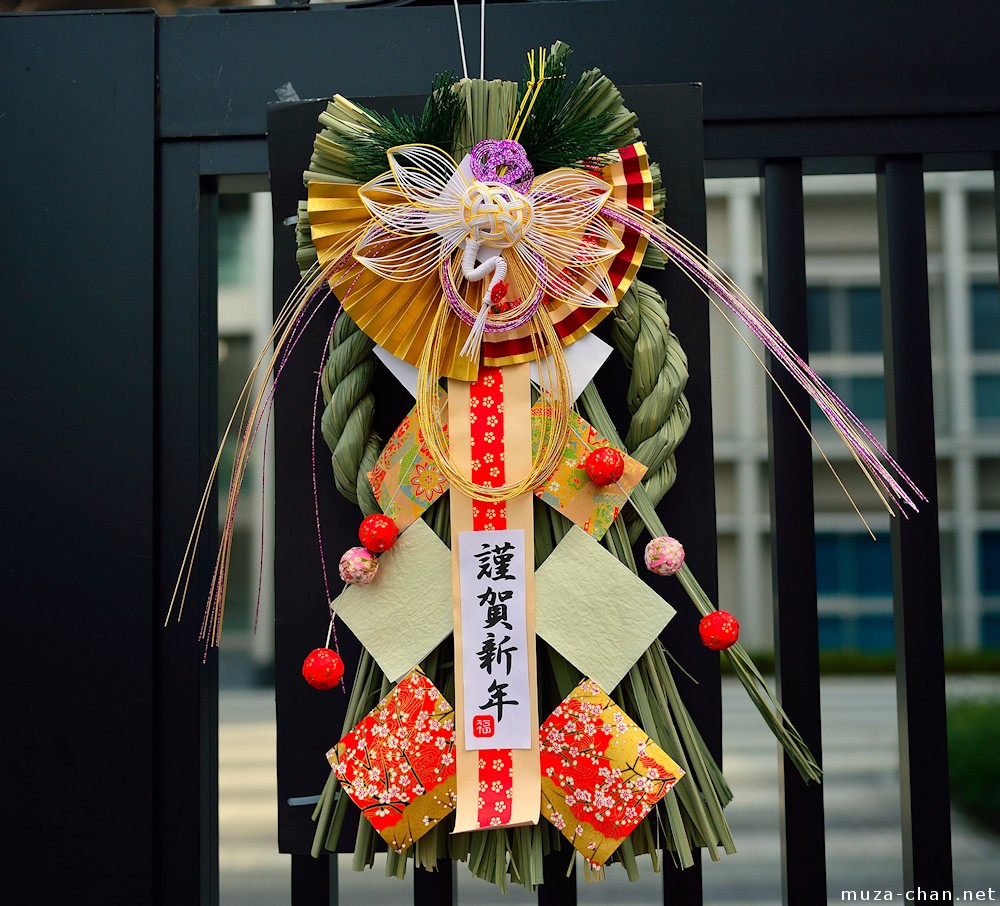 Japanese New Year Decorations Shimekazari
Source: muza-chan.net
Japanese New Year Decorations Shimekazari
Source: muza-chan.net
Its thought that if these decorations are set up on the 29 30 or 31 omisoka the new year will be full of suffering and that preparing in just one night for the coming of the Toshigami-sama lacks sincerity.
Kagami Mochi
Source: encrypted-tbn0.gstatic.com
The kadomatsu and shimenawa decorations should be done by December 28.
 History Of Decorations For The Japanese New Year Lovetoknow
Source: party.lovetoknow.com
History Of Decorations For The Japanese New Year Lovetoknow
Source: party.lovetoknow.com
It is usually made up of two layers of round mochi rice cake topped with a mandarin.
Japanese New Year
Source: encrypted-tbn0.gstatic.com
Unlike Brazil this is not a hellish noise with fireworks drinking and mess.
 Kadomatsu Japanese New Year S Decorations Matcha Japan Travel Web Magazine
Source: matcha-jp.com
Kadomatsu Japanese New Year S Decorations Matcha Japan Travel Web Magazine
Source: matcha-jp.com
Kadomatsu - New Years Decorations Kadomatsu are paired bamboo and pine decorations that are set to the left and right of the entrance ways of a building in order to invite the god of the New Year Toshigamisama to bless that location for the coming year.
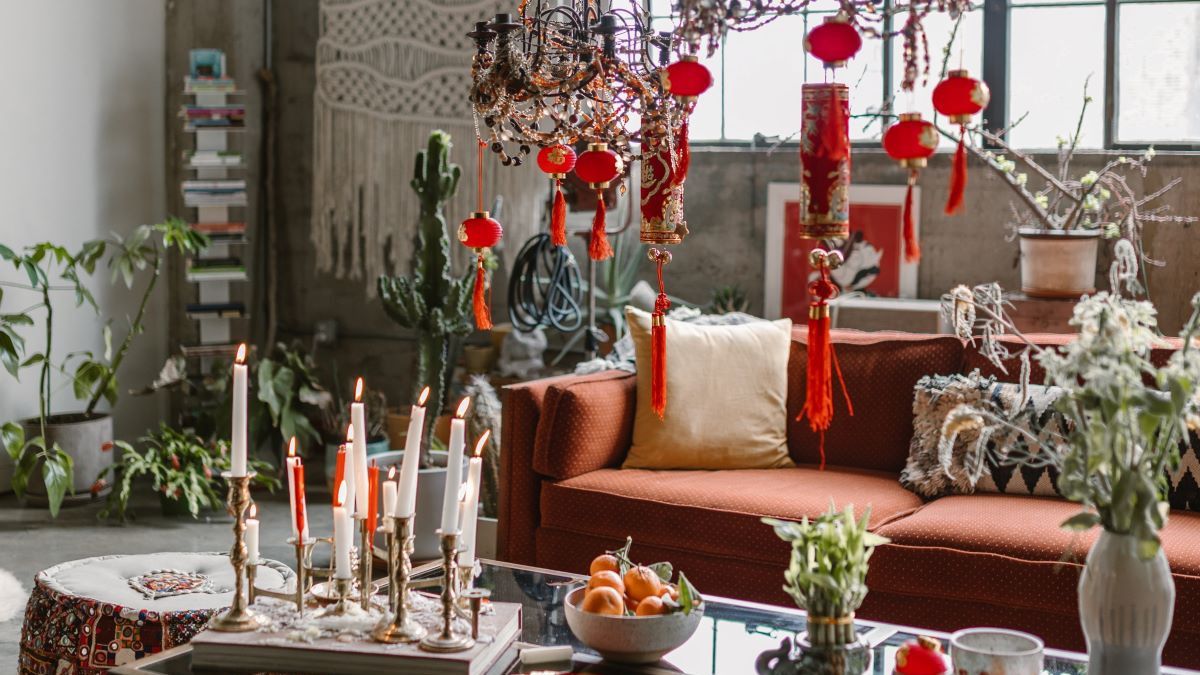 7 Chinese New Year Ornaments For Home Decorations In Shades Of Red
Source: voi.id
7 Chinese New Year Ornaments For Home Decorations In Shades Of Red
Source: voi.id
Kagami mochi is used as a traditional Japanese New Year decoration.
 How To Celebrate The New Year In Japan With New Year Traditions And Food Flip Guide
Source: flip-guide.com
How To Celebrate The New Year In Japan With New Year Traditions And Food Flip Guide
Source: flip-guide.com
There are more methods to make a shimenawa and also several methods to make a shide which can have 2 4 or 8 folds.
 Download Chinese Dragon Vector For Free Dragon Illustration Chinese Dragon Dragon
Source: id.pinterest.com
Download Chinese Dragon Vector For Free Dragon Illustration Chinese Dragon Dragon
Source: id.pinterest.com
The kadomatsu and shimenawa decorations should be done by December 28.
 Japanese New Year Decoration Kagami Mocha Kagamimochi A Simpler Decoration Made From Two Rice Cakes Mochi Of Japanese New Year Mochi Japanese Traditional
Source: nl.pinterest.com
Japanese New Year Decoration Kagami Mocha Kagamimochi A Simpler Decoration Made From Two Rice Cakes Mochi Of Japanese New Year Mochi Japanese Traditional
Source: nl.pinterest.com
The holiday is associated with food festive decorations rituals observances hobbies and events that give the day a lot of flavor and charm.
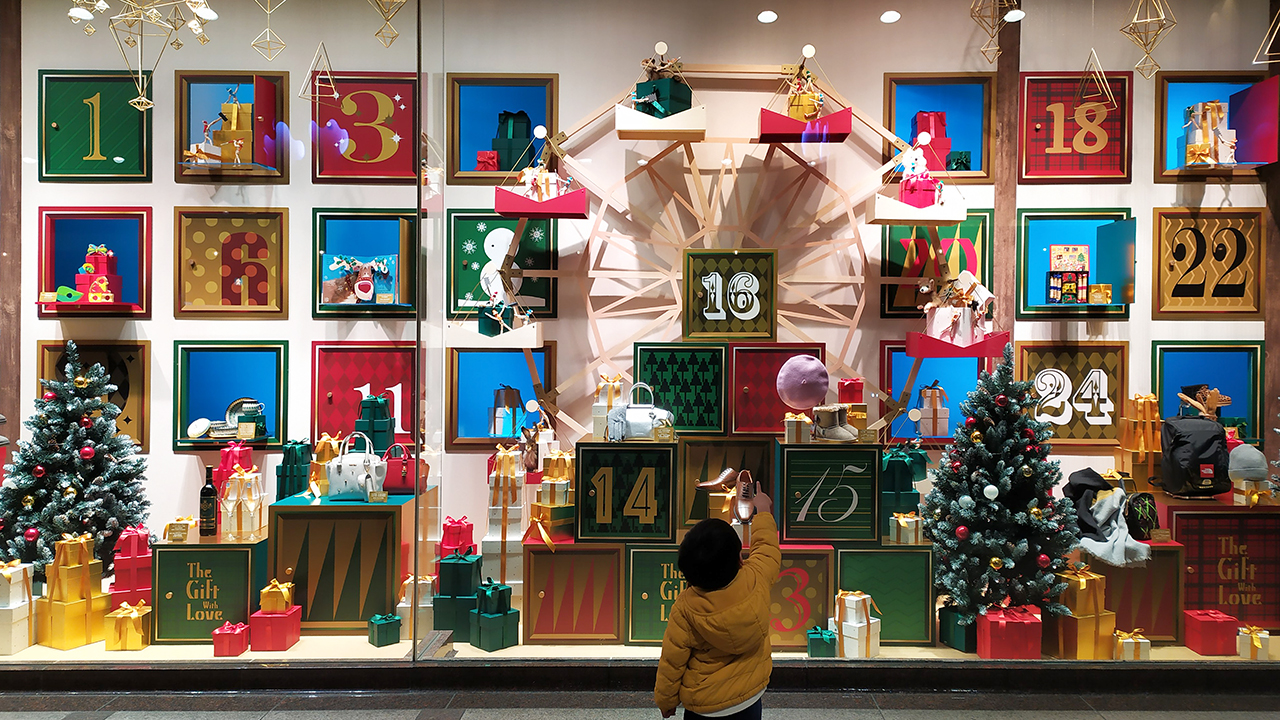 Christmas In Japan How Japan Celebrates The Christmas Holidays
Source: voyapon.com
Christmas In Japan How Japan Celebrates The Christmas Holidays
Source: voyapon.com
During Shougatsu Japanese houses are decorated with new year ornaments.
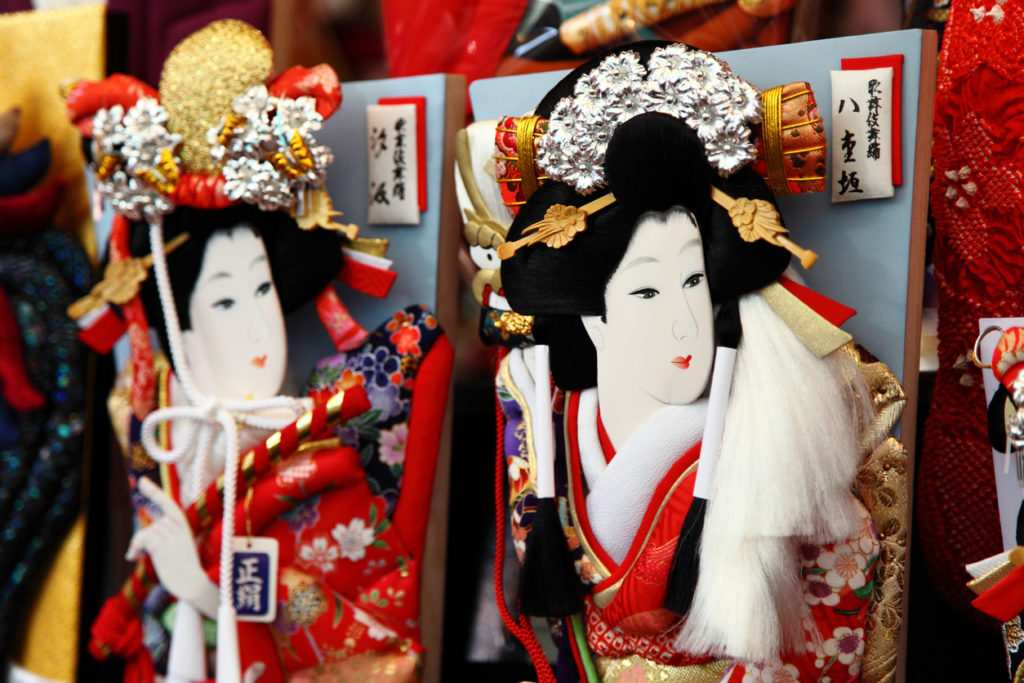 12 Essential Japanese New Year S Family Traditions Savvy Tokyo
Source: savvytokyo.com
12 Essential Japanese New Year S Family Traditions Savvy Tokyo
Source: savvytokyo.com
The first task to complete is osoji.
 The Kadomatsu Decoration Traditional Of The Japanese New Year S Holiday Kokoro Media
Source: kokoro-jp.com
The Kadomatsu Decoration Traditional Of The Japanese New Year S Holiday Kokoro Media
Source: kokoro-jp.com
It is usually 2 pines forming a gate set in front of homes in order to welcome ancestral spirits or kami gods and have good luck in the coming year.
 How To Spend The New Year S Holiday In Japan Tsunagu Local
Source: tsunagulocal.com
How To Spend The New Year S Holiday In Japan Tsunagu Local
Source: tsunagulocal.com
Kadomatu かどまつ 門松 Kadomatsu are a pair of pine decorations which are placed in front of the.
 How Do Japanese Celebrate New Year 9 Things To Know About Japan S Oshougatsu Japan Info
Source: jpninfo.com
How Do Japanese Celebrate New Year 9 Things To Know About Japan S Oshougatsu Japan Info
Source: jpninfo.com
The shimekezari used on New Year has a similar meaning.
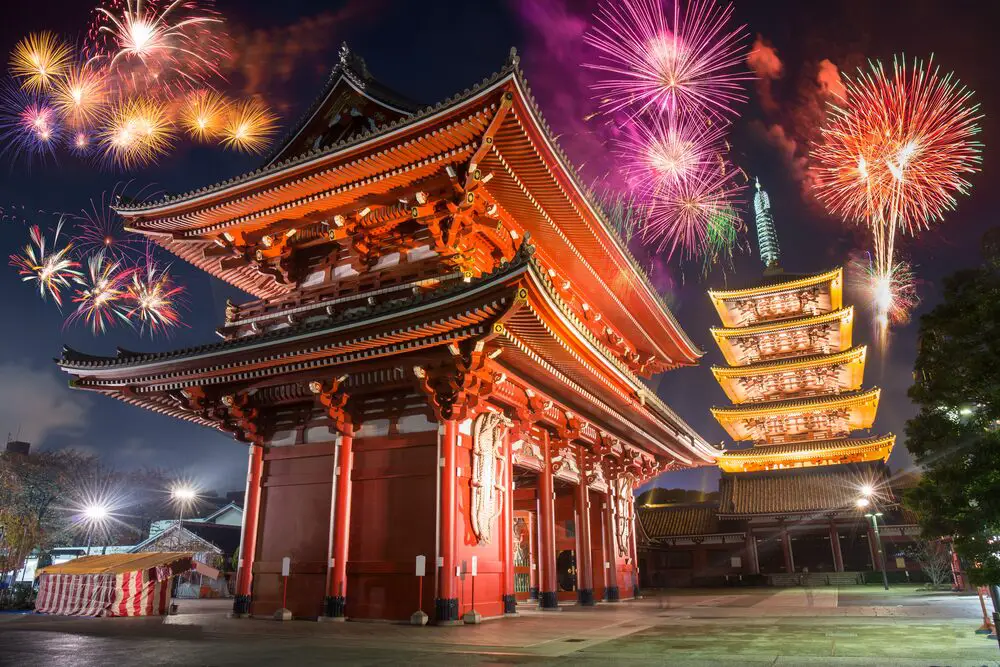 Japanese New Year Traditions Things You Should Know Question Japan
Source: questionjapan.com
Japanese New Year Traditions Things You Should Know Question Japan
Source: questionjapan.com
Mochi is made into a New Years decoration called kagami mochi formed from two round cakes of mochi with a tangerine daidai placed on top.
 Japanese New Year Traditions English Esl Worksheets For Distance Learning And Physical Classrooms
Source: en.islcollective.com
Japanese New Year Traditions English Esl Worksheets For Distance Learning And Physical Classrooms
Source: en.islcollective.com
During Shougatsu Japanese houses are decorated with new year ornaments.
